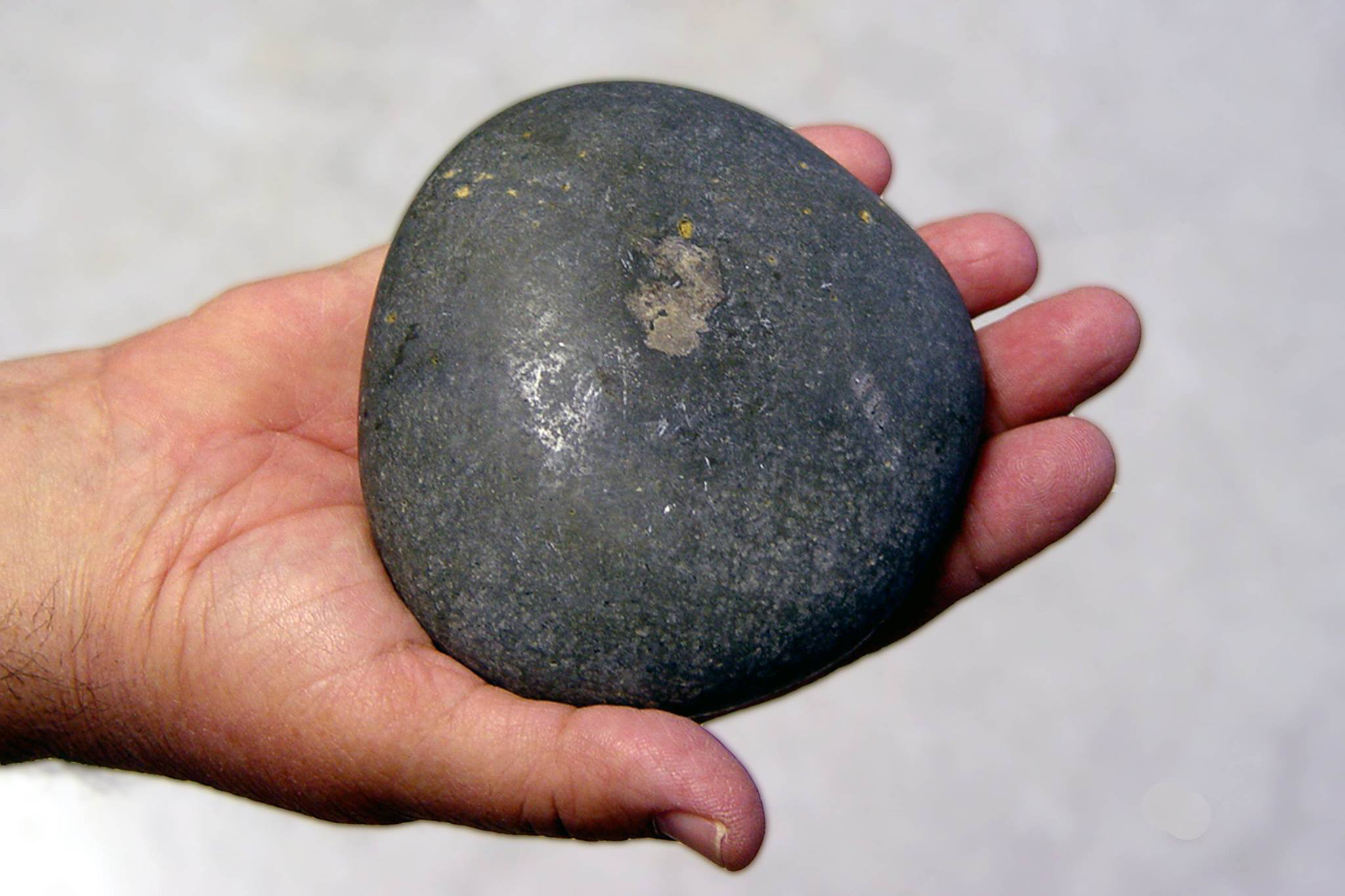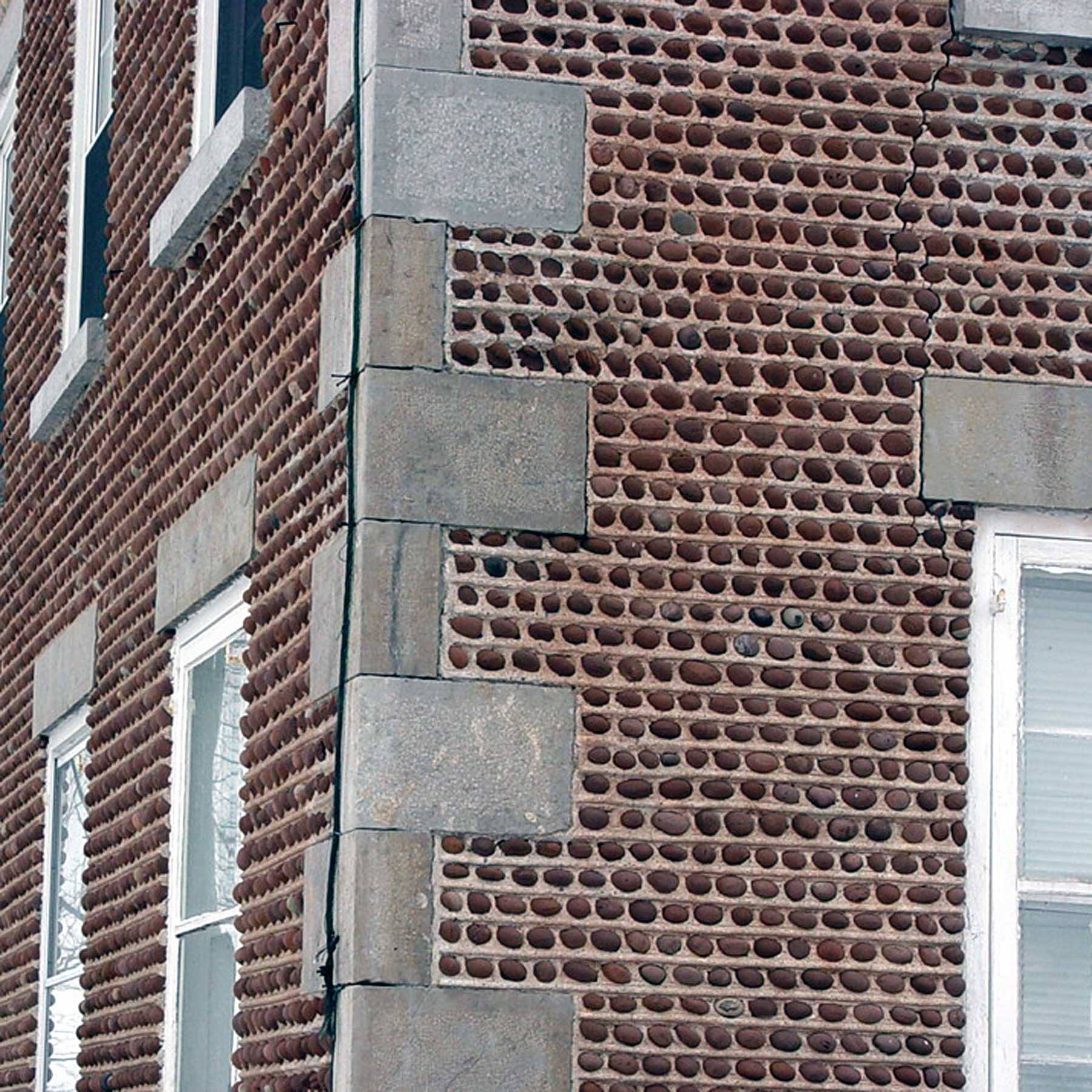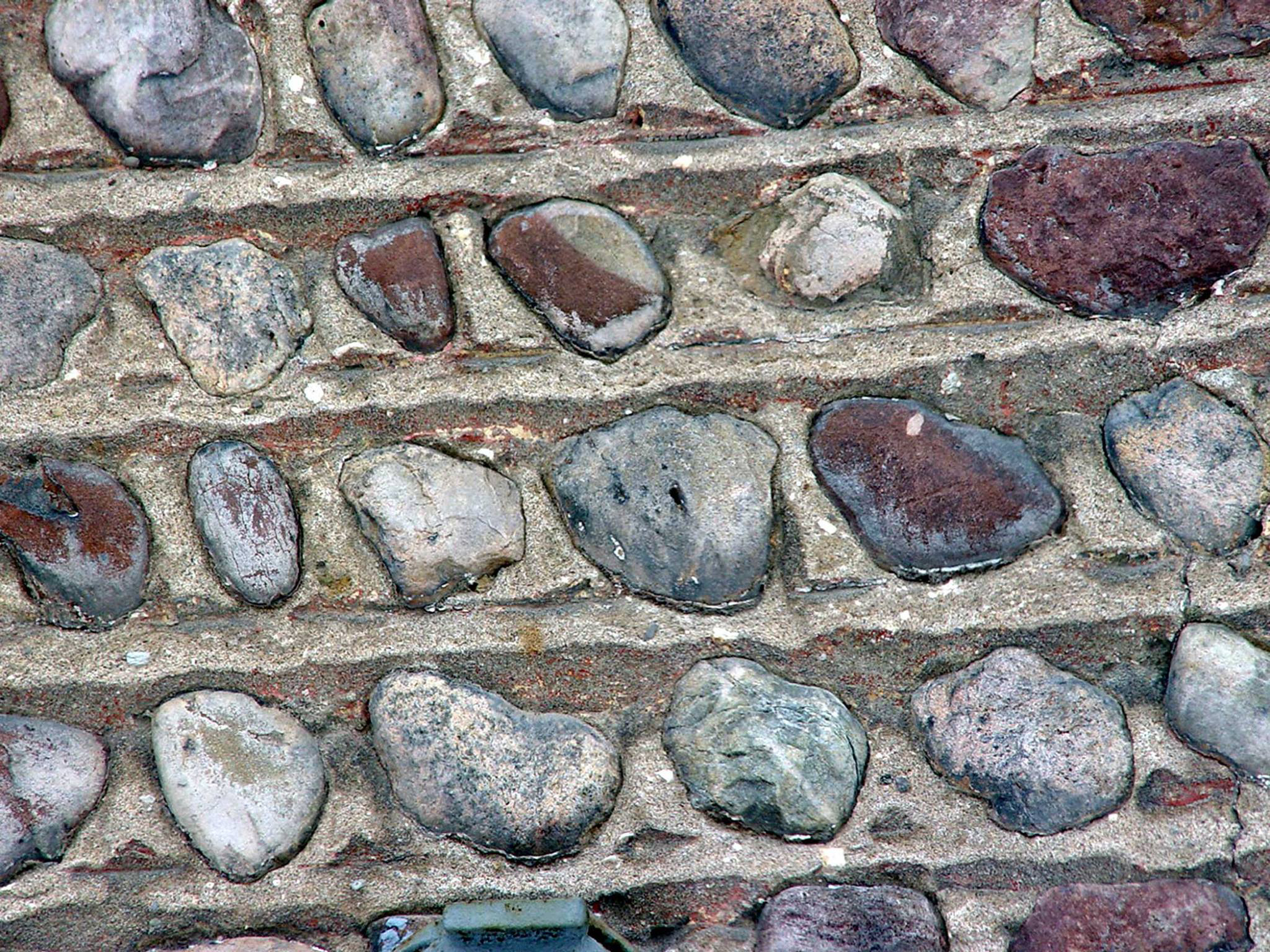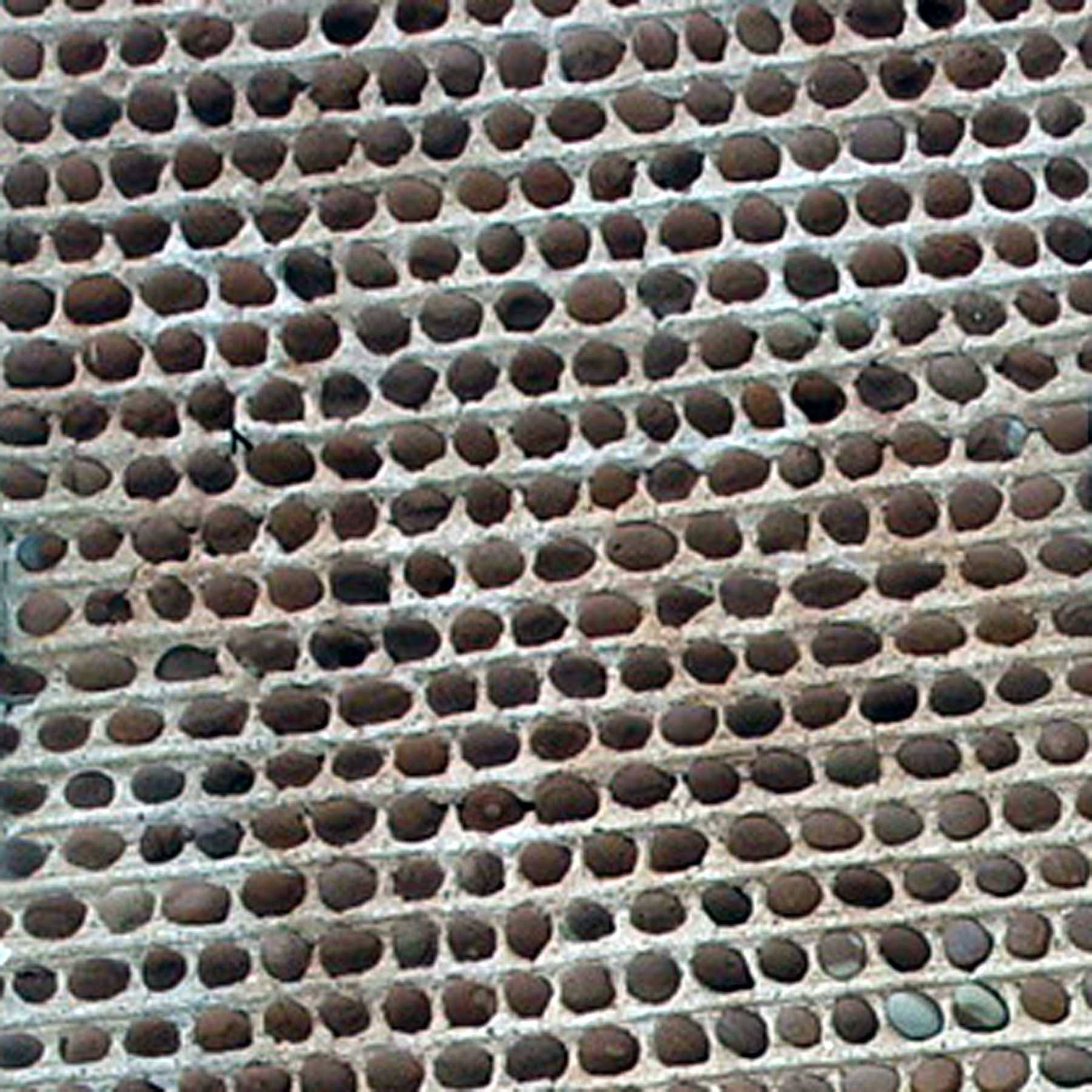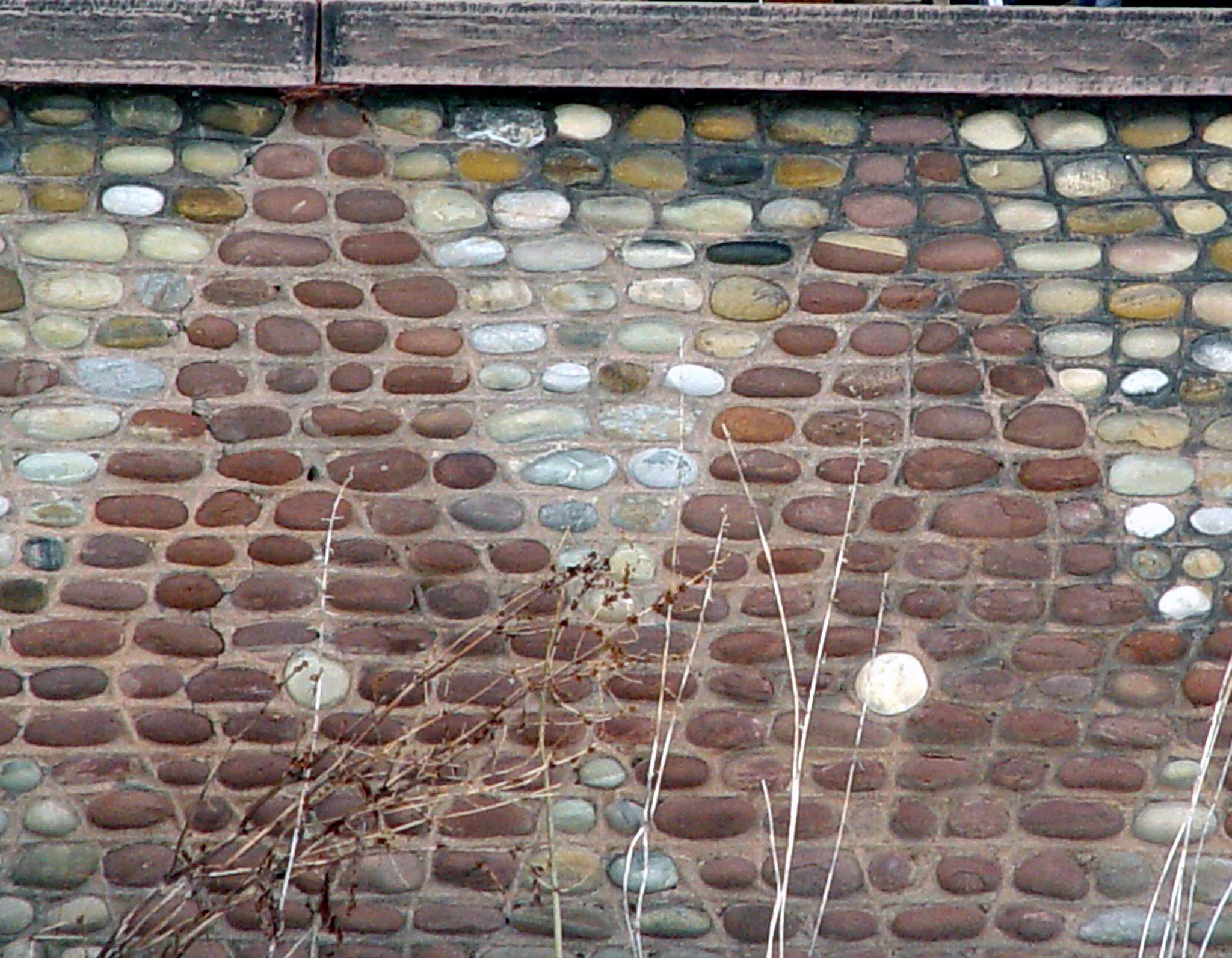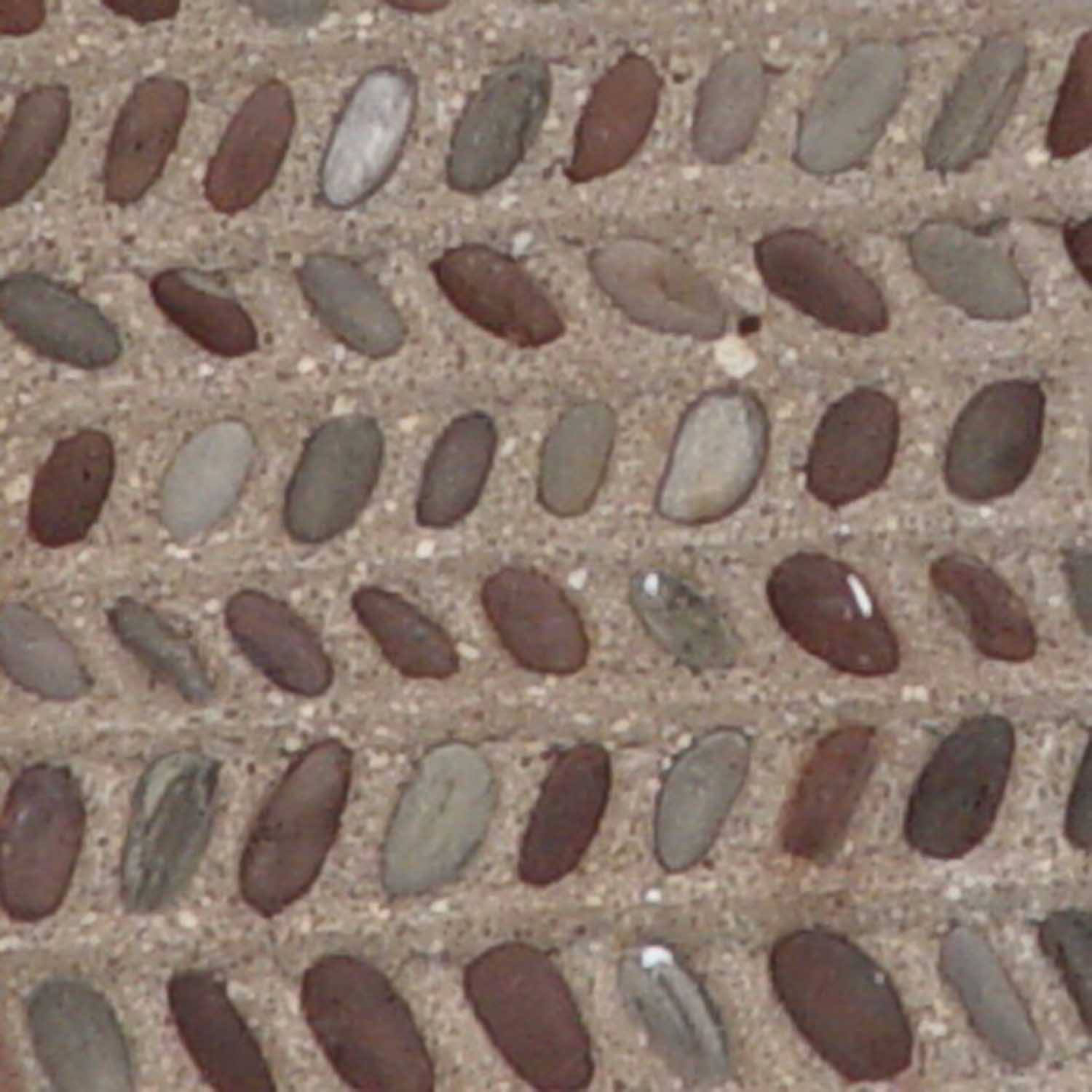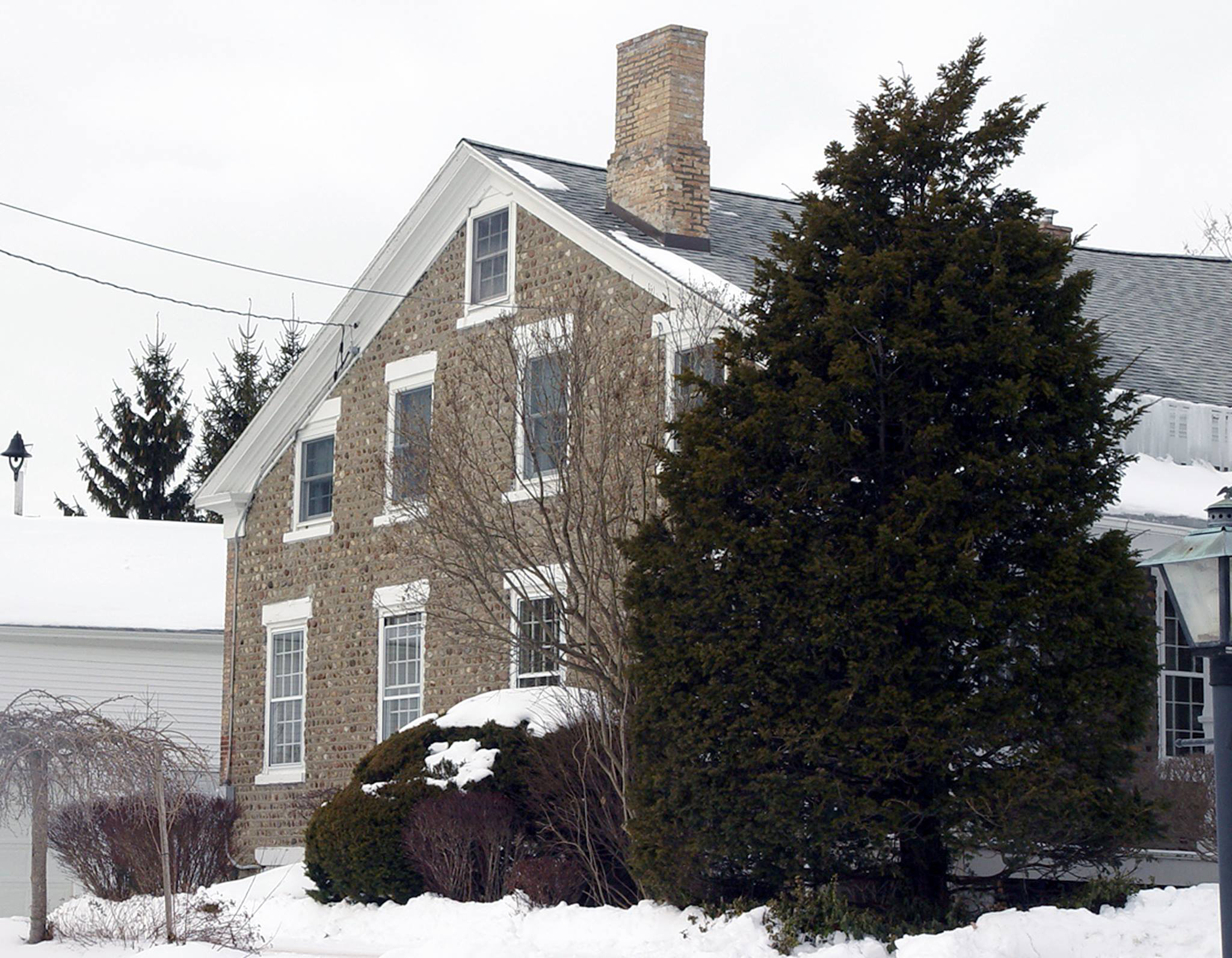Cobblestone Buildings of North America
Approximately 1,000 to 1,200 cobblestone structures were built in North America in the period between the completion of the Erie Canal and the end of the Civil War, 1825-1865. The cobblestone building style began in New York State and spread westward to Ohio, Illinois, Michigan, and Wisconsin and north into the Canadian province of Ontario. There are also a few built to the east in Vermont. About 170 cobblestone buildings are in Wayne County; and ninety per cent of all the cobblestone structures in North American can be found within a 75-mile radius of Rochester, NY.
Although cobblestone construction has been used in England since the Norman invasion in 1066 and other European countries, it was developed here in about 1825, long after the glaciers of the last ice age left numerous small stones, called cobbles, littering the fields of the Finger Lakes Region.
A cobble is a generic geological term for any stone that has dimensions between 2.5-10 inches. The word "cobblestone" comes from Middle English. "Cob" means a rounded lump. "Stone" means a small rock. Geologists classify cobblestones as being 2.5" to 10.1". In lay terms, a cobblestone is a stone that can be held in one hand. Like snowflakes, no two cobblestones are exactly alike but do have three basic textures. The glaciated stones found in the fields in the drumlin region south and east of Rochester are generally squarish and yellow and grey in color. Another glacial stone, but one that is more rounded, is the water-laid cobble. These stones can be found along the ridge that formed the shoreline of glacial Lake Iroquois, the one-time Native American trail that is now known as Ridge Road East and Ridge Road West. The third type is the round or flat oval lake washed cobbles that can be found on the shore of Lake Ontario. These smooth stones are made of red Medina sandstone and are usually found in shades of grey, pink, and brown.
Some historians say that the construction of the Erie Canal had an indirect link to cobblestone architecture by creating an economic boom for the farmers. The farmers, who wanted to show off their new prosperity by building more substantial homes, needed easily accessible and cheap building materials. What better and inexpensive product to use than the stones that had been gathered after establishing new fields?
A common folklore is that the cobblestone masons were formerly canal masons. The story goes that these masons had been lured to the area to build the locks on the Erie Canal. When the canal work was completed, the out-of-work masons, who had decided to stay permanently in the Finger Lakes region, began constructing cobblestone houses. The truth is that the canal enlargement began in 1832 and continued through 1862-the same time period in which almost half of the cobblestone buildings were built. The canal masons would have been kept busy with canal work, such as building locks and aqueducts, during this time. Perhaps some canal masons did build cobblestone houses, but it is more likely that local masons, and even farmers who had brought the skill with them from Europe, constructed the homes.
Gathering the stones was the first task for the future homeowner and it could take him years. Often boys were paid ten cents a day to walk beside a stone boat and collect stones that had been turned up from plowing. Then the women and children sorted the gathered stones by shape, size and color. To quickly size the stones they were passed through holes cut in a sorting board or through iron rings called "beetle rings." After creating a design, the builder set the stones in their own concoction of soft lime mortar. The exact recipes for the mortar was kept secret by the individual masons but contained other local materials like limestone, dolomite, sandstone, sand, pebbles and lime.
Most cobblestone buildings are Greek Revival in style. However, those constructed before 1835 were usually built in the Federal style. There are some rare instances of cobblestone buildings in the Gothic Revival and/or Italianate style. There were three construction methods used in building cobblestone houses. The first was a simple rubble wall, with layers of glaciated cobbles interlaced. The outside showed regular courses, while the inside was random. This was used in the earliest construction. The second was a rubble core with a facing of smaller lake-washed cobbles, which included longer bonding stones reaching into the core. The facing stones showed perfectly matched faces, yet the stones were of irregular dimensions. This was popular through the 1840s. The third utilized a rubble wall laid first and then with a cobblestone veneer laid up separately. In this method the stones were small and there were no bonding stones in the veneer layer. This technique is evident in the latest constructed buildings. The walls were about 18" thick.
Depending on the size of the home, builders would use between 3500 and 7800 cobbles to face just the front of a house. Masons used stone quoins at the corners of the houses. Quoins are rectangular stones used to strengthen corners and to improve the appearance of the building. A good mason could lay about 18 to 24 inches of wall in his 10-12 hour day. For his work he would be paid $1.00 to $1.50 a day, plus "board". Generally only one mason worked on a building at a time. This would allow the necessary time for the mortar to begin to set. This meant that it could take a whole season to complete the building, and in some cases as long as two or three years. A mason typically worked on 2 or 3 buildings at the same time so that while the mortar dried on one house he could be working on the next one. That is why you often see more than one masonry home in an area.
Sometimes builders created intricate designs for the front of the home, but set plainer rows or random designs on the sides and back of the structure. Other cobblestone facades exhibit stones painstakingly matched in size, shape, and tonality of color. Typically the cobblestones were laid in horizontal bands with each stone supported by a V-shaped mortar joint. The solid course rubble walls of the home were constructed using the roughest most irregularly shaped stones. The inner two-thirds of the 18 to 20-inch walls used large stones and the whole wall was laid up as one. The rubble core was then coated thickly with strong mortar into which wet cobblestones were hammered. To finish off the interior wall, a horsehair plaster was applied to the stone. In later years, the cobblestones were added as a veneer to the rubble wall and the inside was finished using lath and plaster.
There advantages of using cobblestones for a building material were many. Obviously, the biggest selling point was that cobblestones were free for the taking. However, the hard stone held by mortar combined to make a solid house that was also virtually soundproof and fireproof. The thick walls kept the house warm in the winter and cool in the summer. The stone homes required little outside maintenance and needed no paint, an expensive item back in the early days.
Not only were homes built of cobblestones, but other cobblestone structures included Alloway’s blacksmith shop, churches, factories, schools, stores, barns, smokehouses, mills, carriage houses, gate and toll houses, and privies. There was even a cobblestone tombstone built in Meridian, NY.
The cobblestone masonry building boom lasted less than three decades before dying out in about 1854. Probably the most important reason for the decline was that changes in the construction industry, such as mass-produced bricks and fast-drying Portland cement, made the hand-crafted cobblestone houses and buildings expensive and impractical to construct. Another factor is that the local supply of small stones became more difficult to come by, leading to rising costs of transporting the stones from further away. Courtesy Lyons Civic Club, Inc., August 25, 2014, as posted on the The Lyons Civic Club, Inc. Facebook Page. Thanks to Gene Bavis, Town of Walworth Historian, Wayne County.
¹ Attribution not provided.
